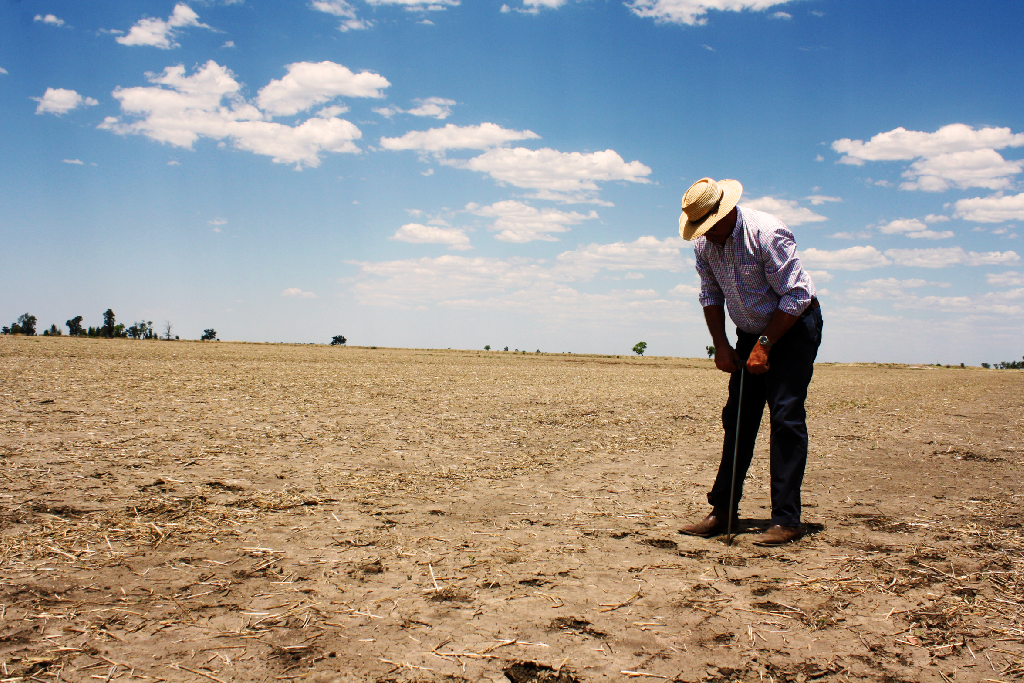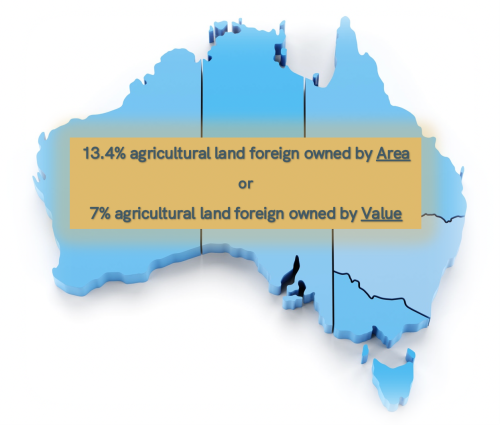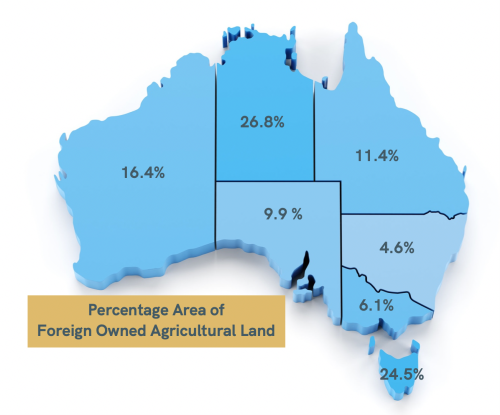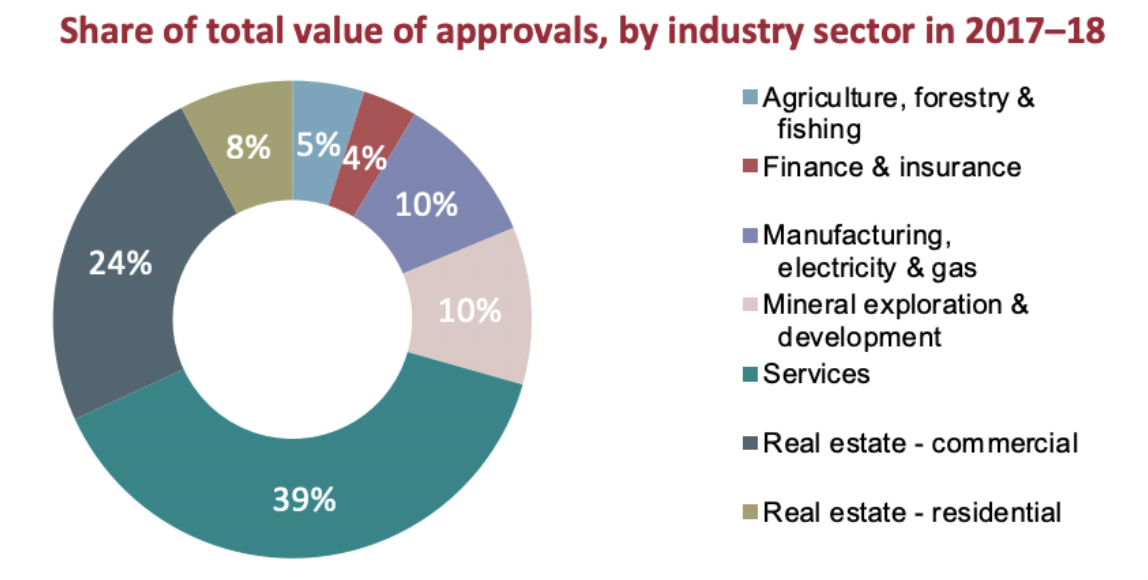Foreign Agricultural Land Ownership - digging below the hype

The recent Macquarie Group purchase of a 49% stake in Cubbie Station from a consortium led by Chinese conglomerate Shandong Ruyi (including Dubbo’s Fletcher International Exports), has again turned the spotlight on foreign investment in Australian agricultural land.
Realising that it’s an emotive issue, we decided to take a closer look at foreign investment in agricultural land. Information is publicly available for these investments, but not for foreign investment in agricultural infrastructure; such as ports, grain storage, processing or manufacturing.
The Australian Taxation Office, the Foreign investment Review Board and the Australian Bureau of Statistics all keep tabs on foreign investment in Australian agricultural land.
How much is foreign owned?
The level of foreign interest in agricultural land has remained relatively stable over the past three years at around the 50 million hectares mark. However, a recent Rabobank report found that focussing on land area alone overstates the extent of foreign ownership.
The Rabo report found that while just over 13% of Australian agricultural land by area has some level of foreign ownership interest, that figure reduces to an estimated 7% of agricultural land by value. This can be explained by the large tracts of foreign owned pastoral land in the Northern Territory and Queensland, where values are lower overall. 
It gets more interesting when you look at the individual states. The Northern Territory has the highest level of foreign ownership by land area at 26.8%, closely followed by Tasmania at 24.5% although the Tasmanian figure includes forestry land which most of us might regard as not quite “agricultural land”. We are surprised that NSW has the lowest foreign ownership of agricultural land area.

Who are the foreign investors?
The United Kingdom remains the largest foreign agricultural land holder (2.6% of agricultural land), followed by China (2.3%) and the United States of America (0.7%). Other nationalities with significant holdings include the Netherlands, Bahamas, Canada, Switzerland, Hong Kong and the Philippines.
Over 92% of foreign owned agricultural land is held within Australian incorporated entities.
What do they use if for?
More than 86% of the foreign owned agricultural land is used for livestock production. Both cropping and forestry each account for about 3% of land use.
Horticulture is less than 1% of land use, but in the last 3 years has risen from 190,000 hectares to 306,000 hectares.
Are more approvals for foreign ownership being granted?
The Foreign Investment Review Board (FIRB) handles applications for foreign ownership of Australian agricultural land.
In 2017–18, the FIRB granted 201 approvals for $7.9 billion worth of proposed investment in the agriculture, forestry and fishing sector. This represents an increase of approx $0.9 billion over the previous 12 months.
The largest source countries of investment by value in this sector were Canada ($2.6 billion), China ($1.6 billion) and the United States ($0.8 billion).
Surprisingly, the agriculture, forestry and fishing sector represents only a small amount of the total value of approvals granted by the FIRB, as shown below (source: Foreign Investment Review Board Annual Report 2017-18).

Can we draw any conclusions?
We all have a different perspective on what constitutes “acceptable” foreign ownership of agricultural land in Australia. For some, zero is the only number of comfort, ranging through to those who believe that a fully free market is desirable.
What does seem clear is that there is reasonably good data available and the mechanisms are in place to monitor/regulate investment into the future. Let’s hope that our politicians and public servants use them responsibly.
Resources:
Australian Taxation Office: Register of Foreign Ownership of Agricultural Land Report of registrations as at 30 June 2018
Rabobank: 2019 Australian Agricultural Land Price Outlook “More Smoke, Less Fire”
by Michael Guest in Latest News
Share this post
Posts this year
- October 2024 (1)
- September 2024 (1)
- August 2024 (1)
- November 2023 (1)
- June 2023 (1)
- February 2023 (2)
- November 2022 (1)
- October 2022 (1)
- July 2022 (2)
- June 2022 (1)
Archived Posts
- Posts in 2023
- Posts in 2022
- Posts in 2021
- Posts in 2020
- Posts in 2019
- Posts in 2018
- Posts in 2017
- Posts in 2016
